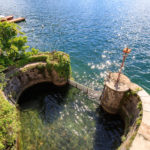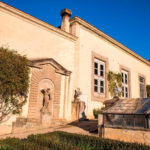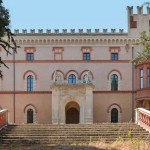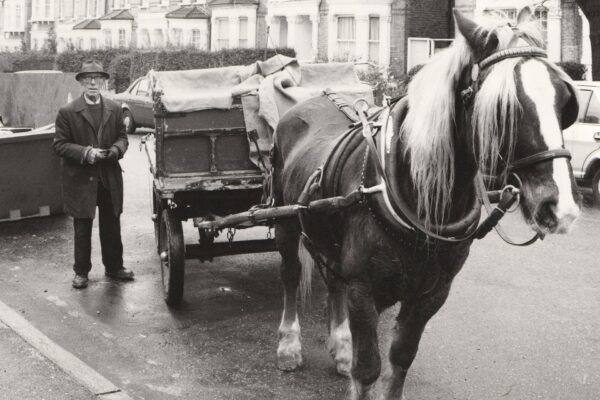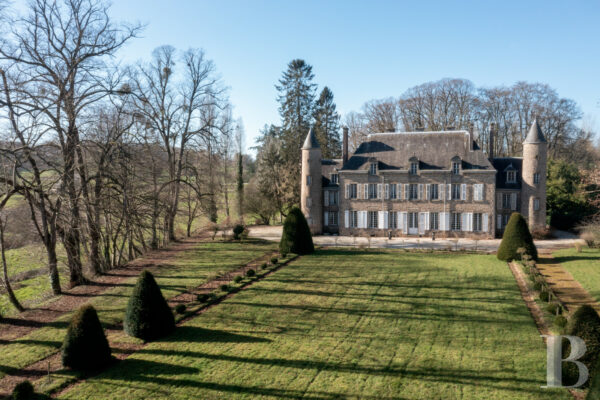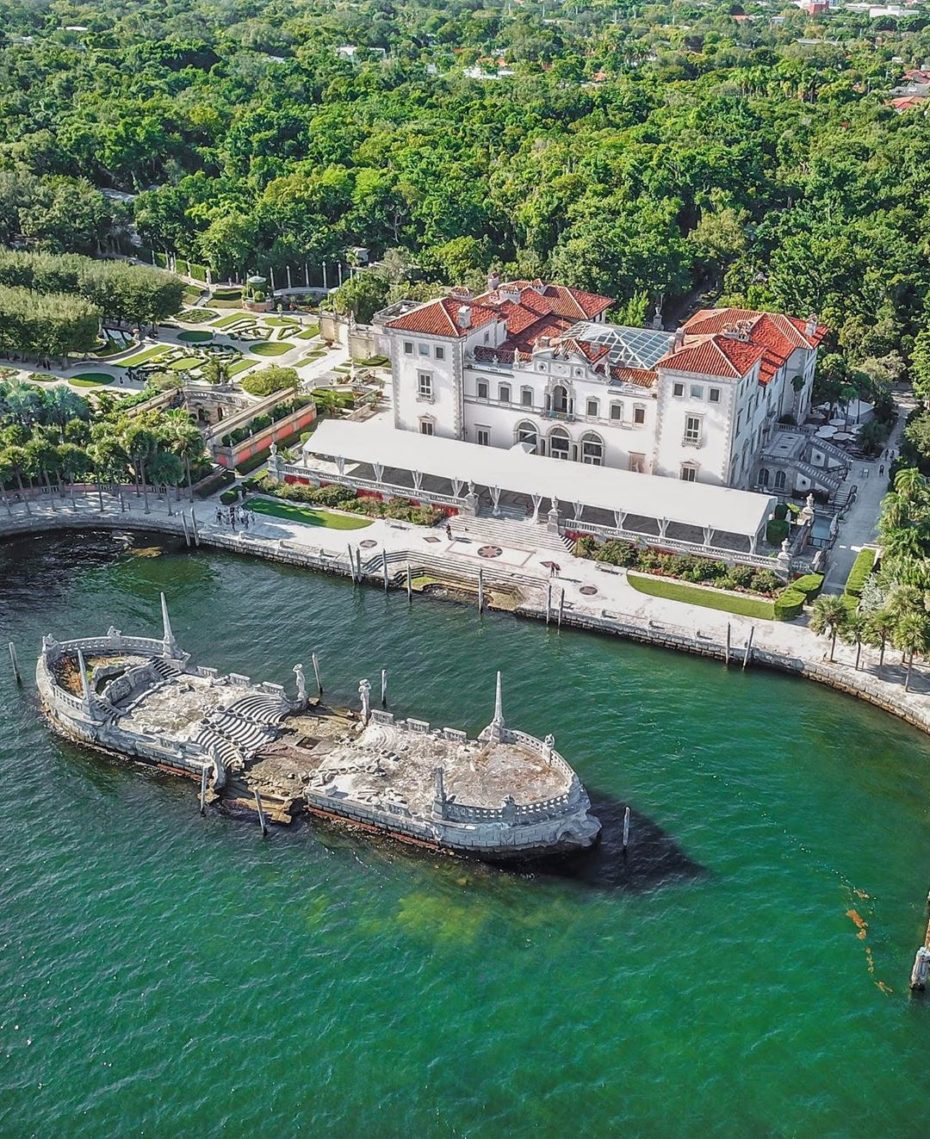
It rose from the mangrove swamps of Miami; an Italian Renaissance paradise surrounded by dense tropical forest in Coconut Grove, the city’s oldest continuously inhabited neighbourhood. They called it the “Hearst Castle of the East”, even though Villa Vizcaya came first. James Deering was heir to a harvesting fortune, a lover of the arts, an antiques collector, conservationist and a socialite, who began construction on his winter home in 1914. Vizcaya cost Deering more than $20 million during the height of WWI and he spent 8 years bringing antiquities and materials over from Europe to rival the great villas of Venice and Tuscany. Today, Miami’s hidden gem is open to the public when you’ve had your share of Art Deco and nightlife at South Beach…
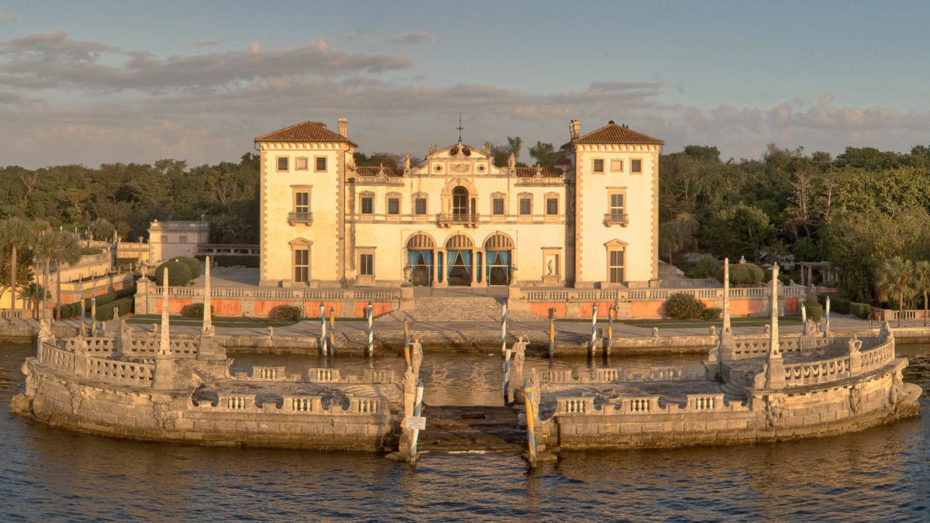
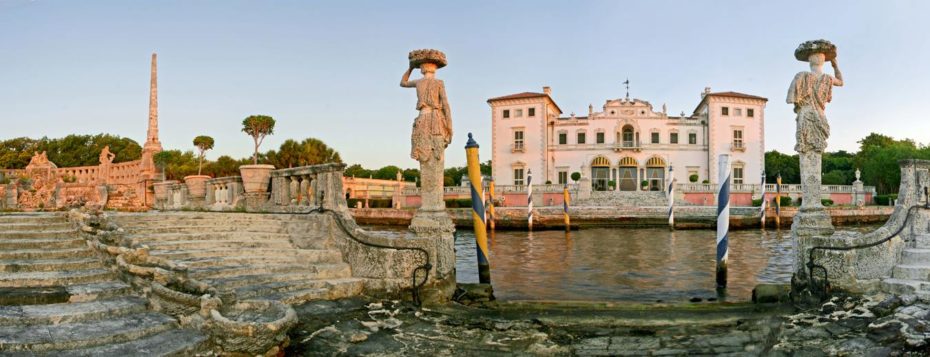
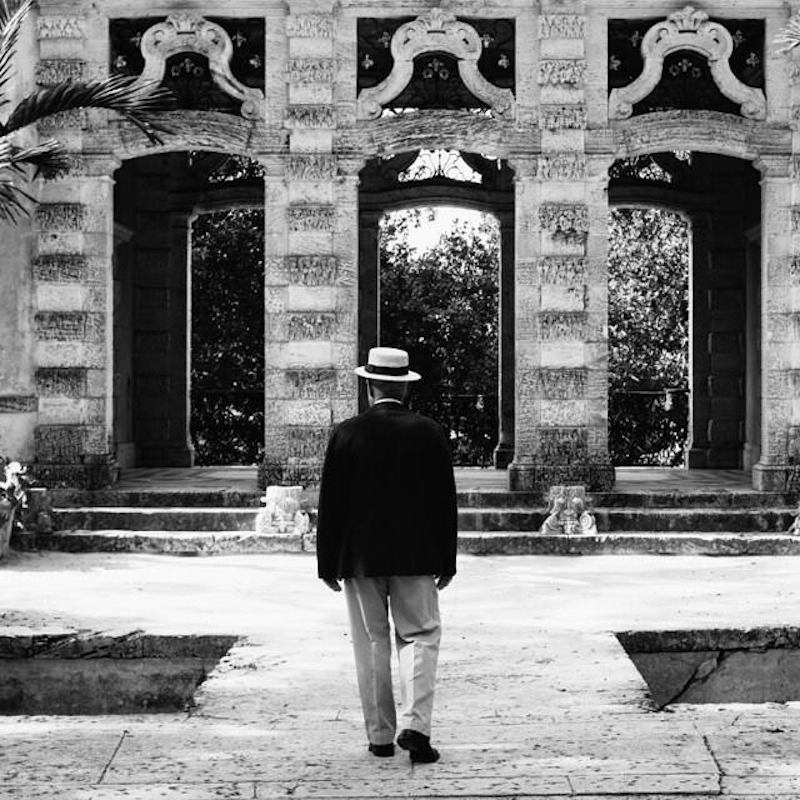
James Deering only had two years to enjoy his masterpiece before he died at the age of 65 and the estate was left to his two nieces to manage. Over the decades, hurricane damage took its toll on Vizcaya, giving the villa and its Mediterranean gardens the look of a mysterious and forgotten paradise.
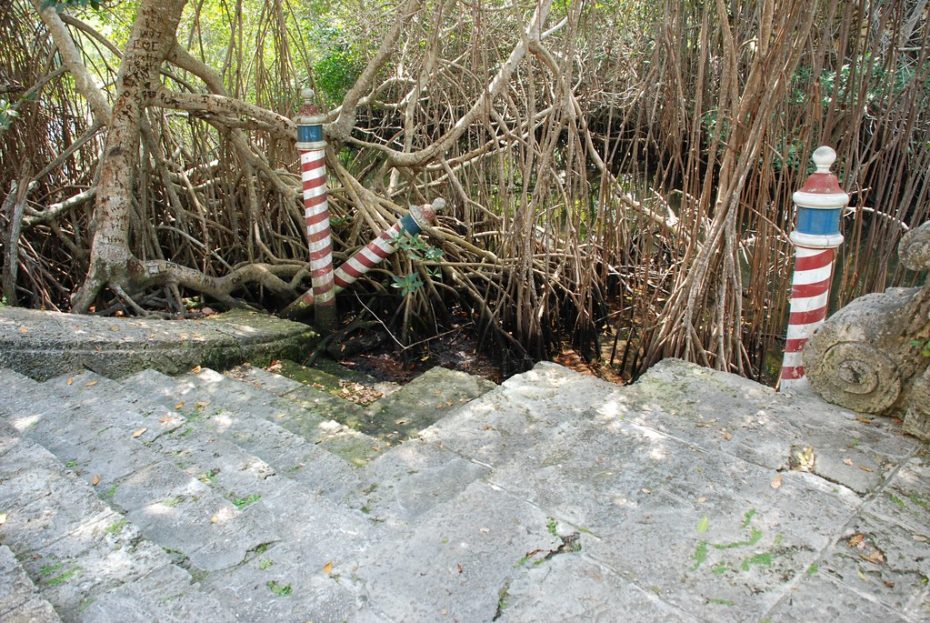
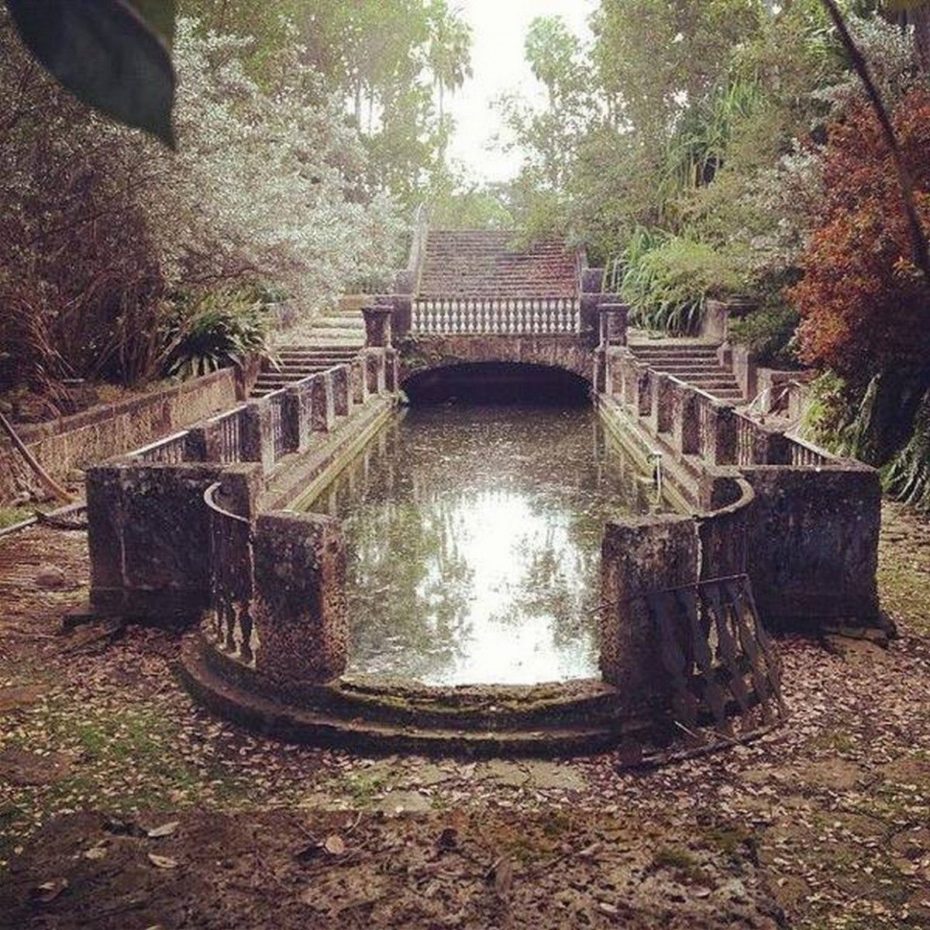
One of its most iconic features of Vizcaya is a massive, 158-foot-long aquatic sculpture known as the Barge, which functions as a breakwater to calm the waters…
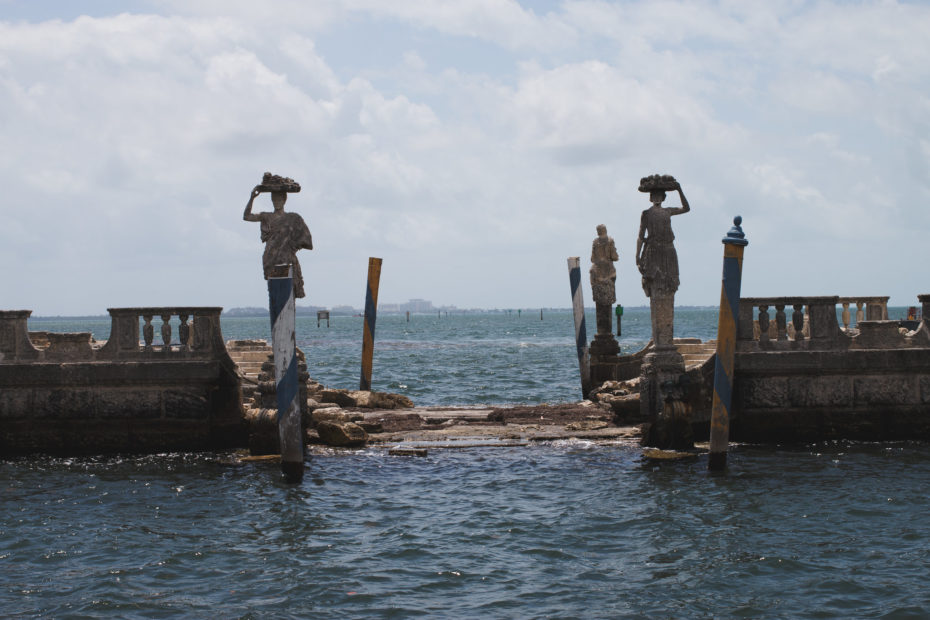
During construction, the villa’s design director Paul Chalfin talked Deering into some of the property’s more costly and fantastic features and the Barge was likely inspired by English follies of the eighteenth century. He hired a classically trained sculptor and wanted “baskets of sea fruits and trophies of sea treasures,” along with mermaids and tritons and Egyptian obelisks, with an overlay of sixteenth-century Venetian style.
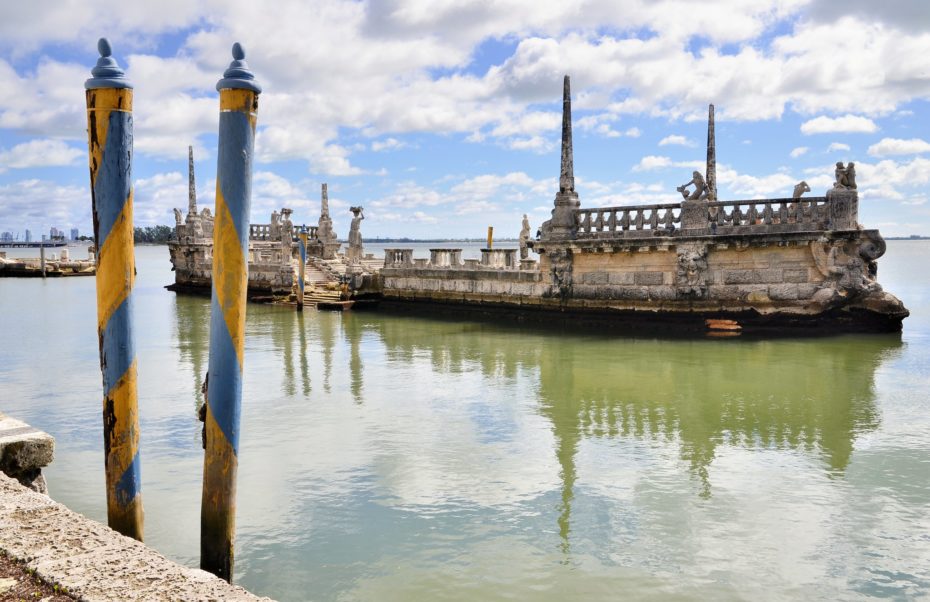
In a letter from the estate’s archives between the sculptor and Chalfin, they discuss a mixture of classical sculptures and “saucy bitches”. In another document, Deering worries that the breasts on the mermaids are too generous. Serving as a refuge away from the main house, reachable only by boat, the Barge once had a gazebo and a bevy of trees, which was unfortunately lost in the Great Miami Hurricane of 1926.
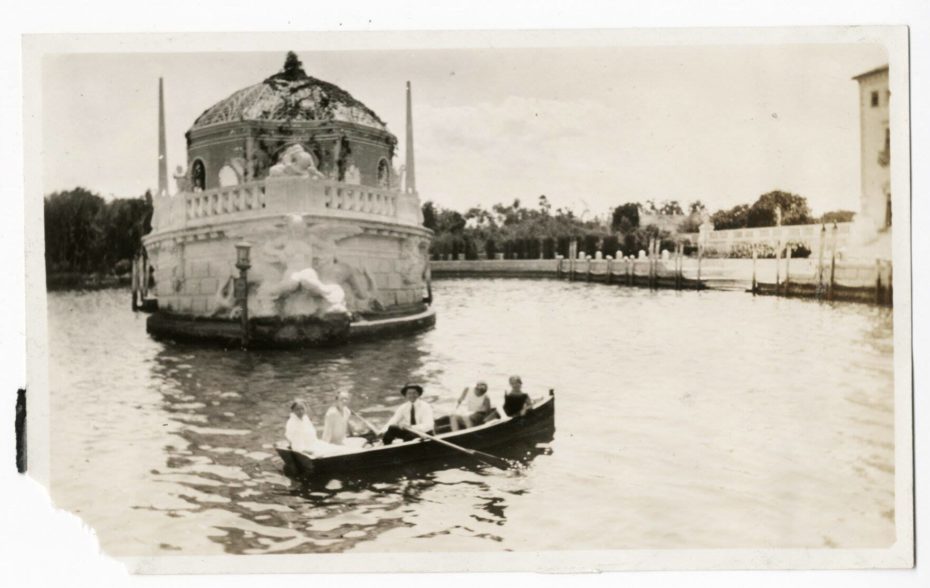
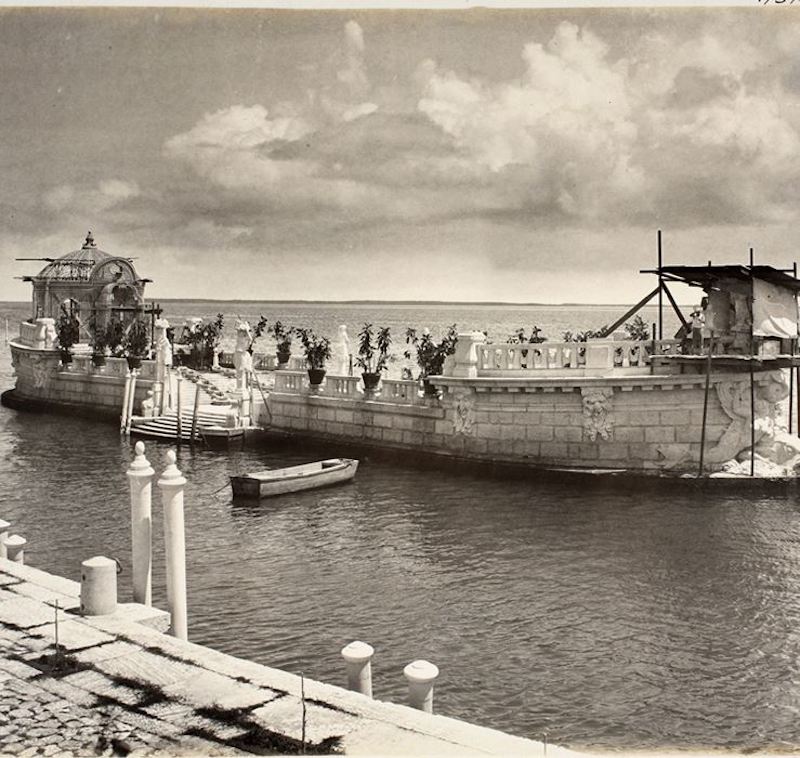
James Deering had filled the main house with an extraordinary collection, including objects owned by Nero, Napoleon and Jefferson. The “Adam Library” and all of the books are original to the house that belonged to Deering, including the first book of maps of Florida published in English.
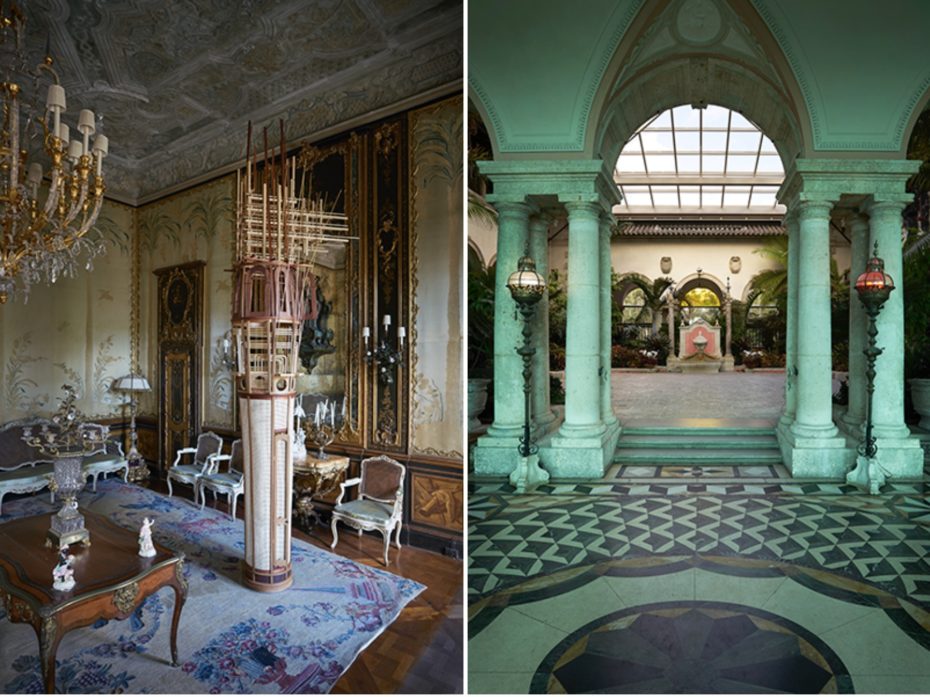
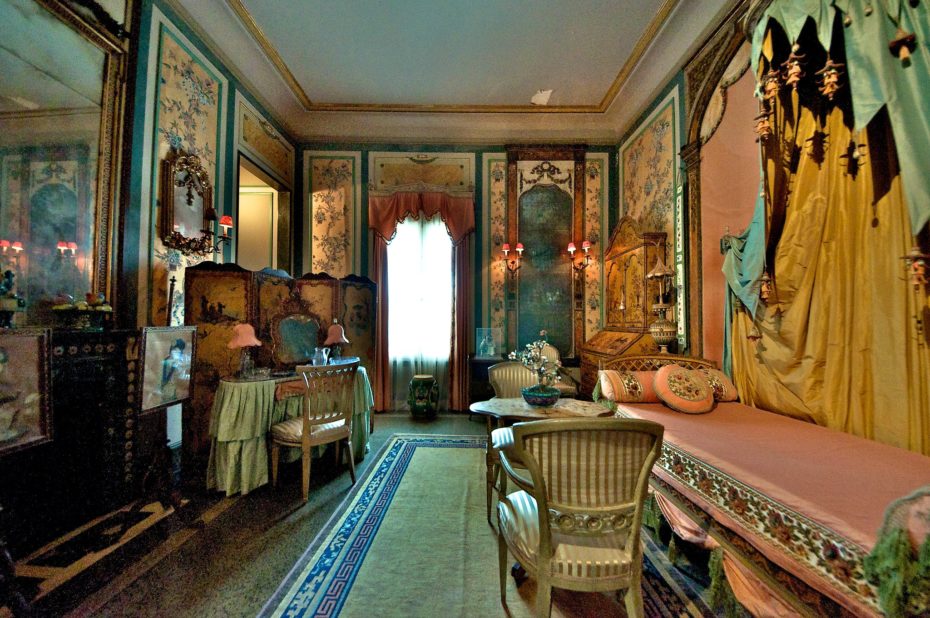
Vizcaya began operation in 1953 as the Dade County Art Museum. The village and remaining property were acquired by the County (at a bargain price) during the mid-1950s after Deering’s heirs could no longer afford the increasing maintenance costs.
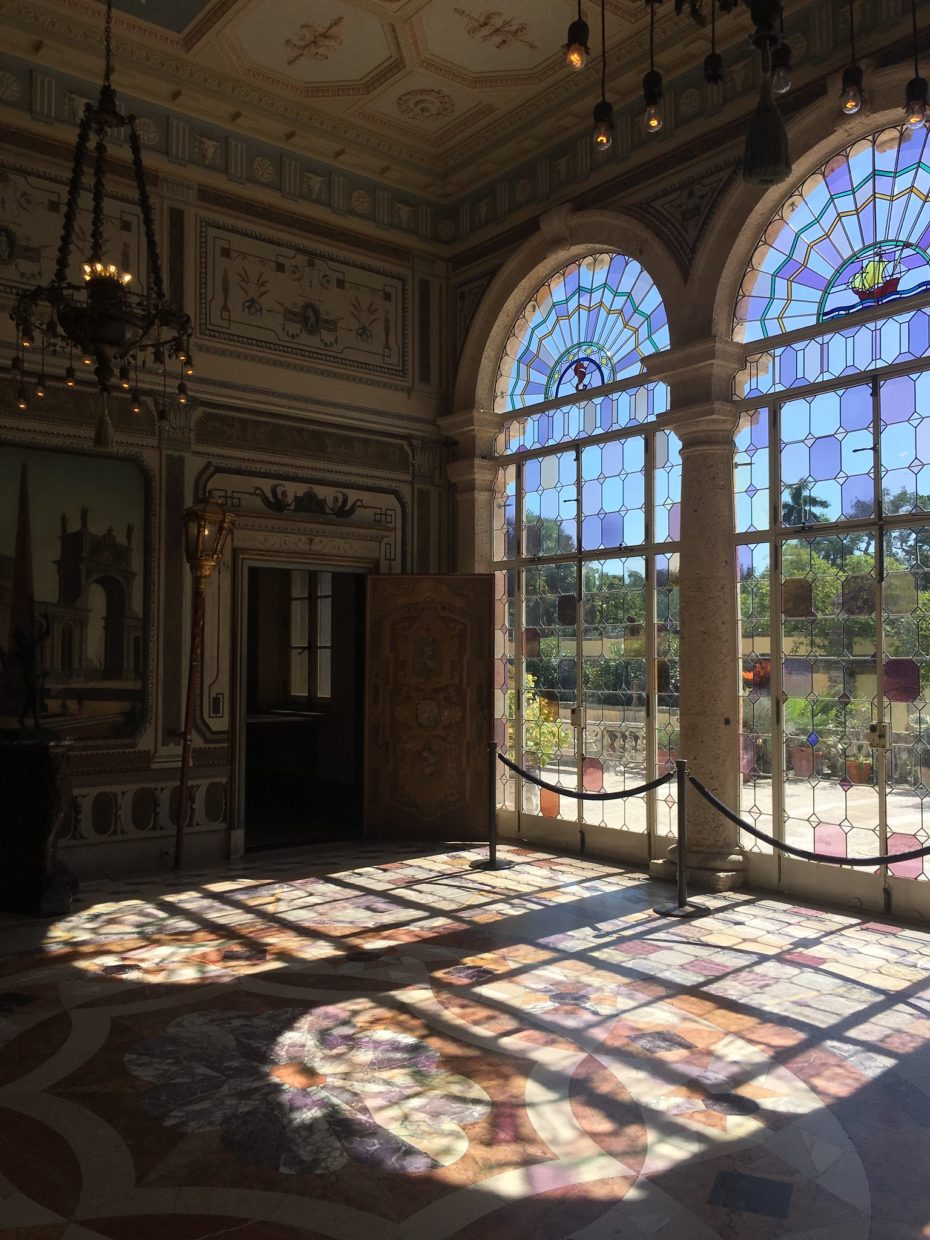
In 1971, approximately $1.5 million in artworks and silver items were stolen from the Villa Vizcaya, including a virtually priceless silver bowl that once belonged to Napoleon Bonaparte. $250,000 of the stolen goods were recovered from the Manhattan apartment of a Serbian husband and wife team who were reputed jewel thieves.
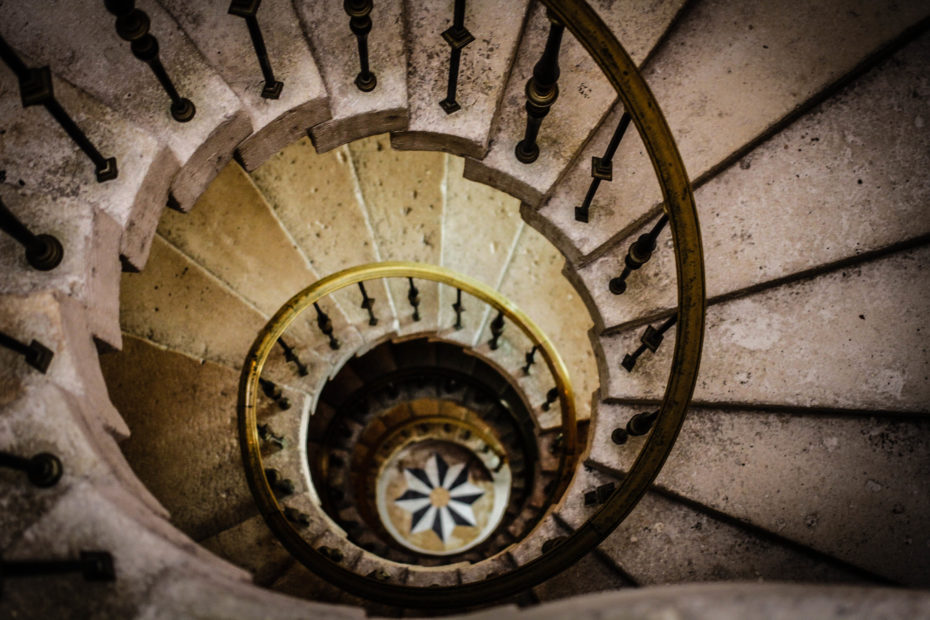
In 1987, President Ronald Reagan received Pope John Paul II on his first visit to Miami at Vizcaya, and in ’94 it was the location of the ‘First Summit of the Americas’ convened by President Clinton.
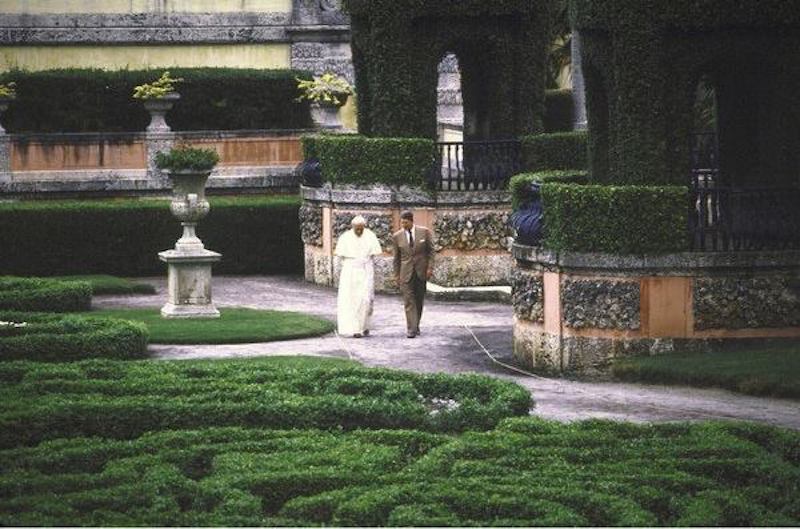
Interestingly, Vizcaya was even once considered for the site of the United Nations. You might also recognise its grounds from the big screen. Vizcaya has played house to many a Hollywood villain in film such as Ace Ventura Pet Detective, Airport Bad Boys II, Iron Man 3, and plenty more B movies.
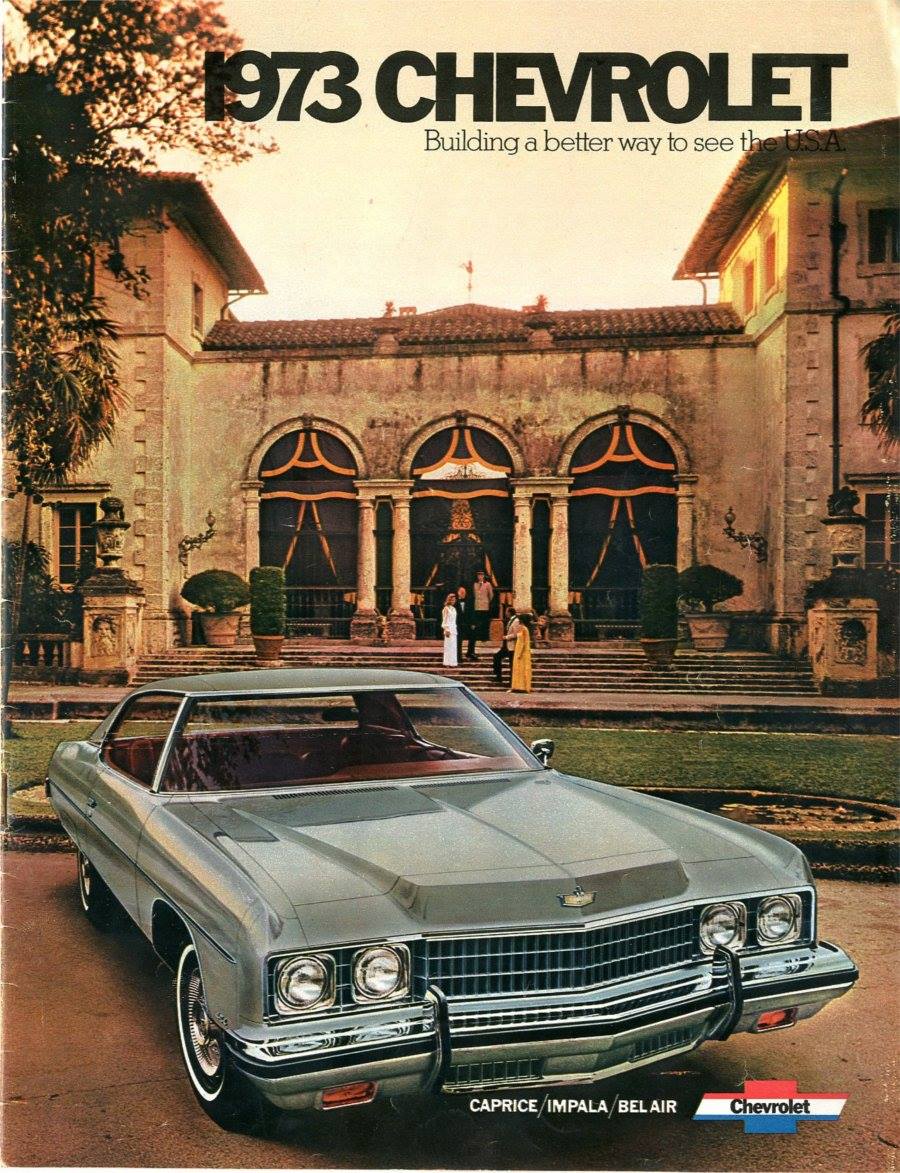
The Vizcaya estate, now officially known as the Vizcaya Museum and Gardens, was designated as a National Historic Landmark in 1994. The National Trust for Historic Preservation listed Vizcaya as one of America’s Eleven Most Endangered Historic Places when a proposed highrise development on neighboring property threatened to damage the cultural landscape.
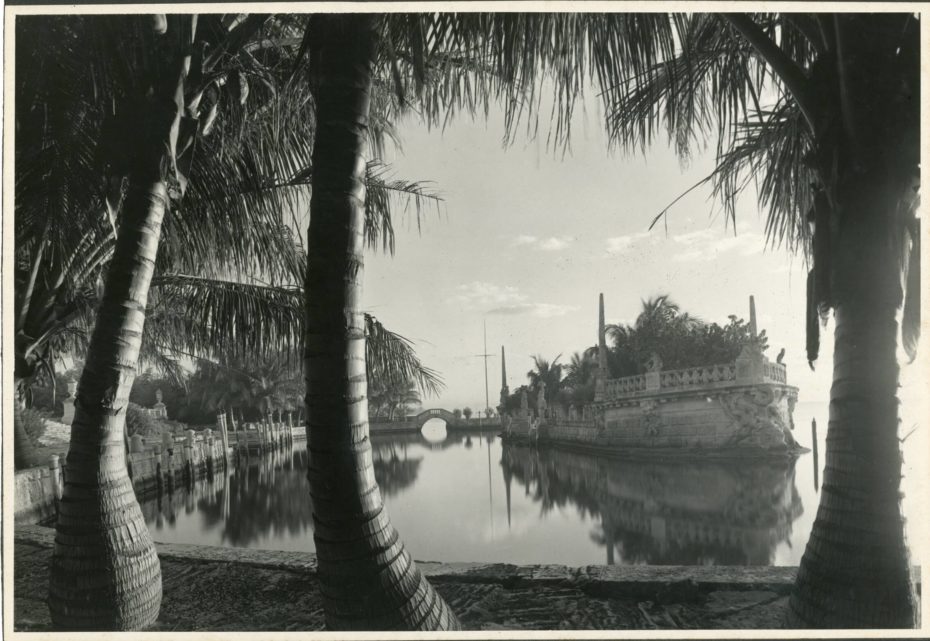
Being a conservationist, Deering had sited the development of the estate portion along the shore to conserve the forests. The proposed highrises were blocked by two court rulings and in 2010 the City of Miami included viewshed protection for historic properties like Vizcaya in its new zoning codes.
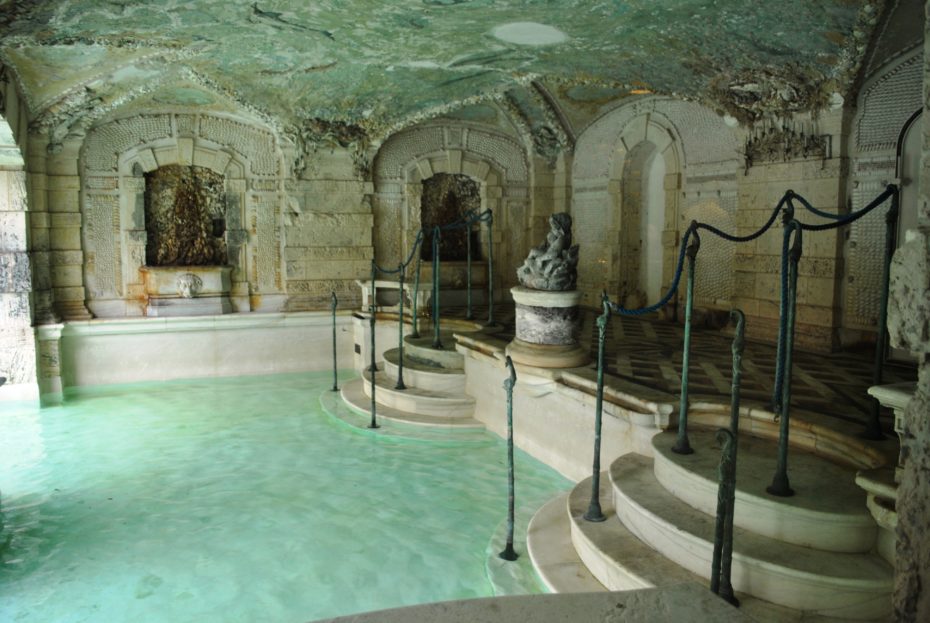
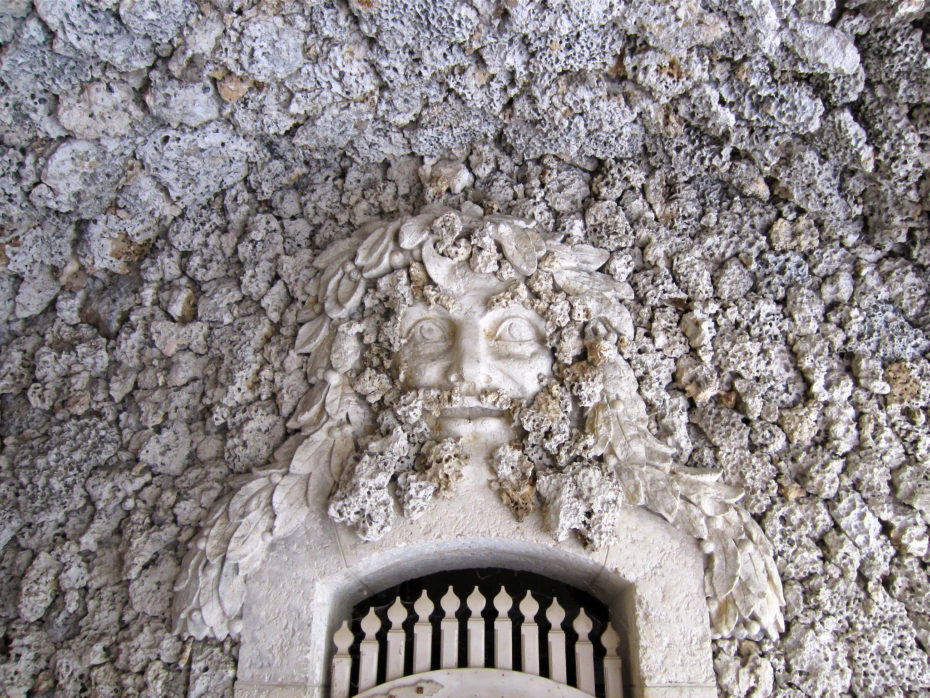
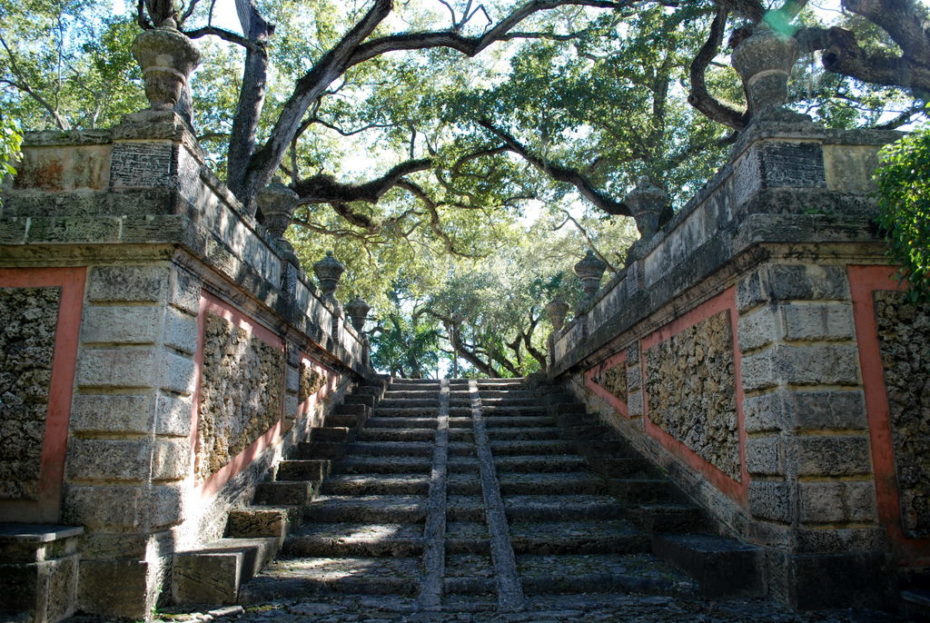
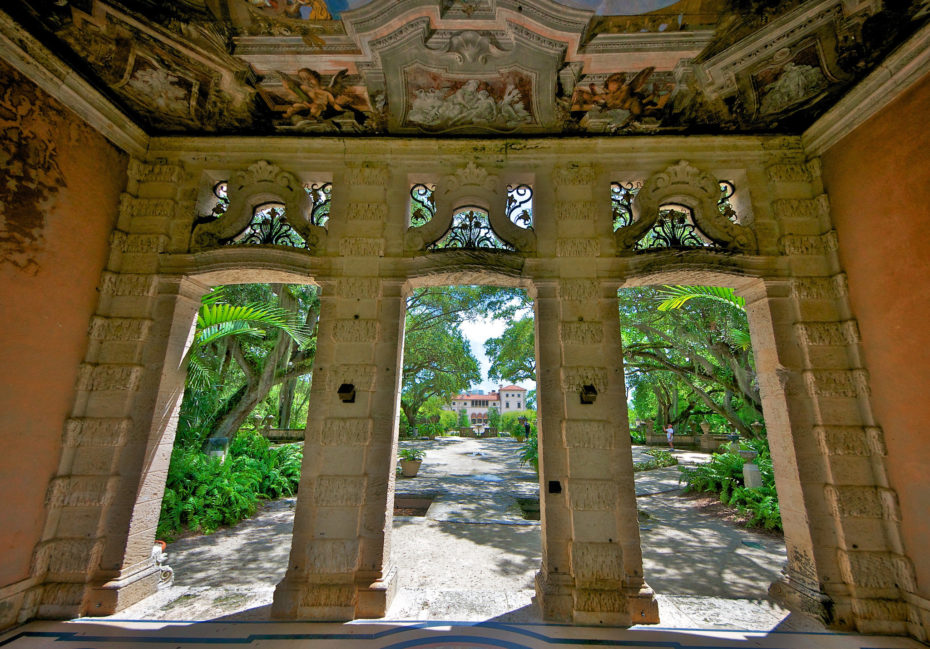
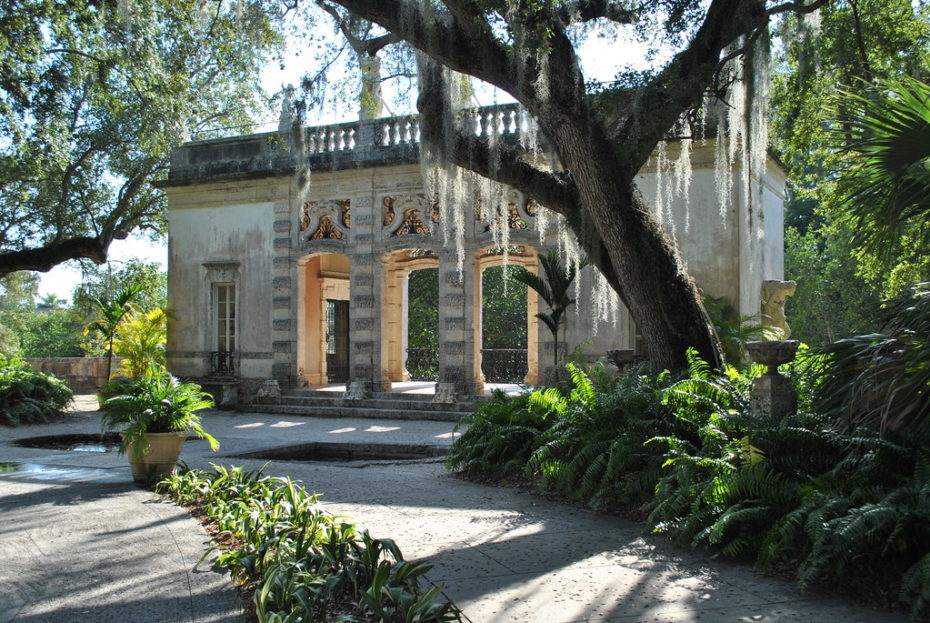
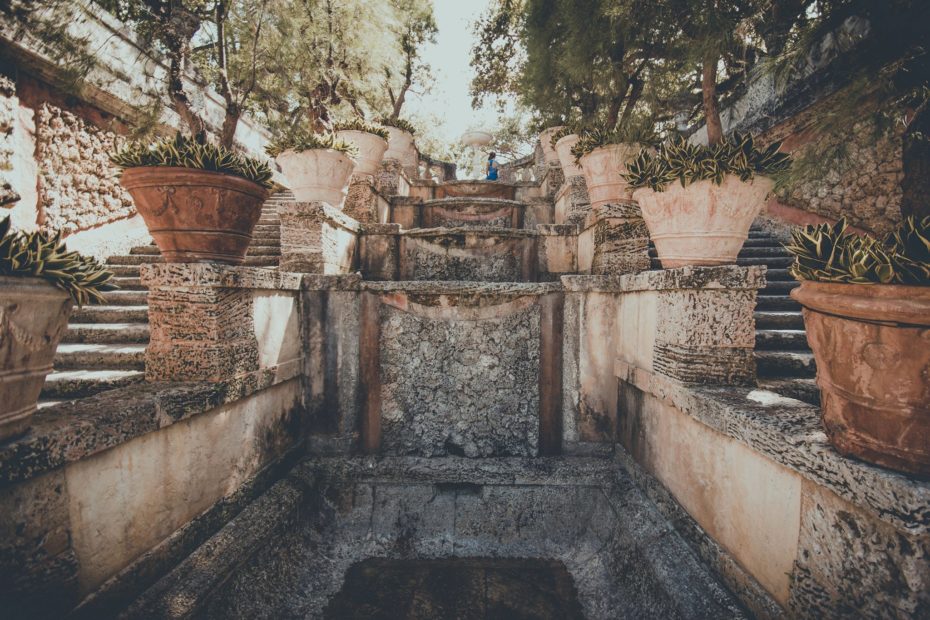
Conservation efforts are costly and ongoing, but the estate is still a popular choice for events, helping to fund Vizcaya’s preservation. Just the deposit for weddings here will set you back around $45,000.
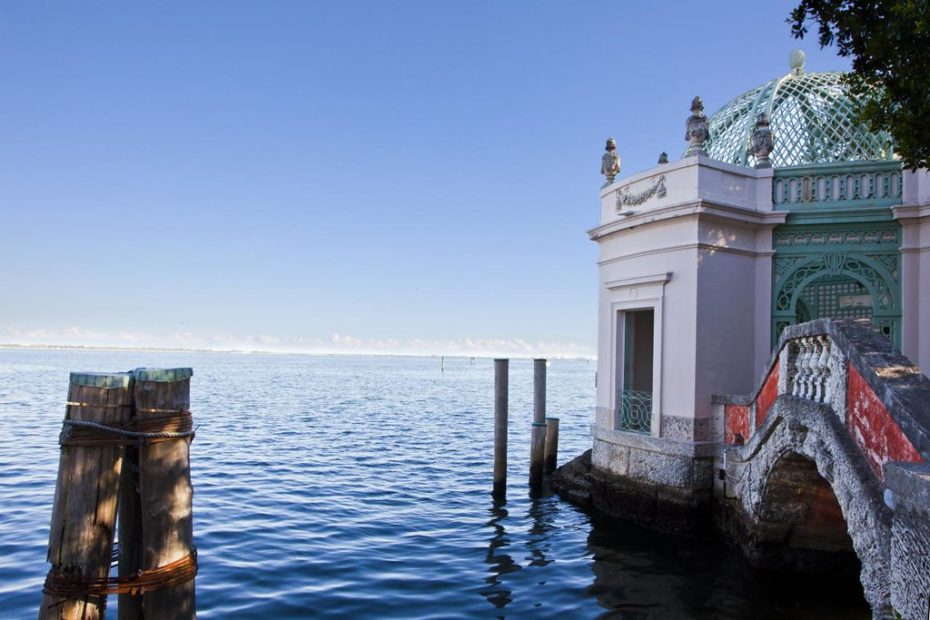
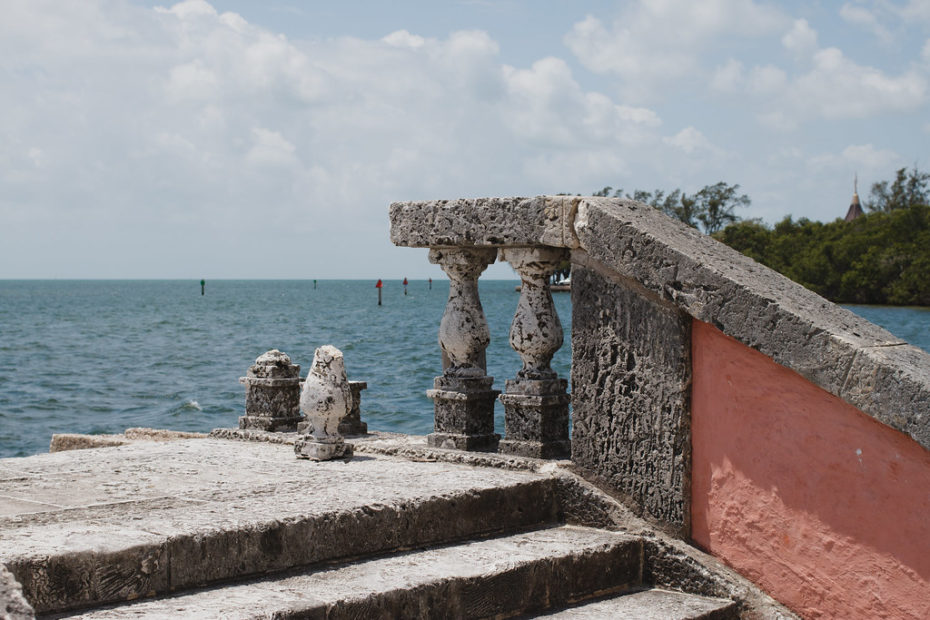
Arguably the most unique way to visit Vizcaya however, is by water. Kayaking around the property is perfectly legal and you’ll get a unique view of the barge. There is also a little-known sandbar in the bay just outside of Vizcaya that used to be an island until a storm washed most of it away.
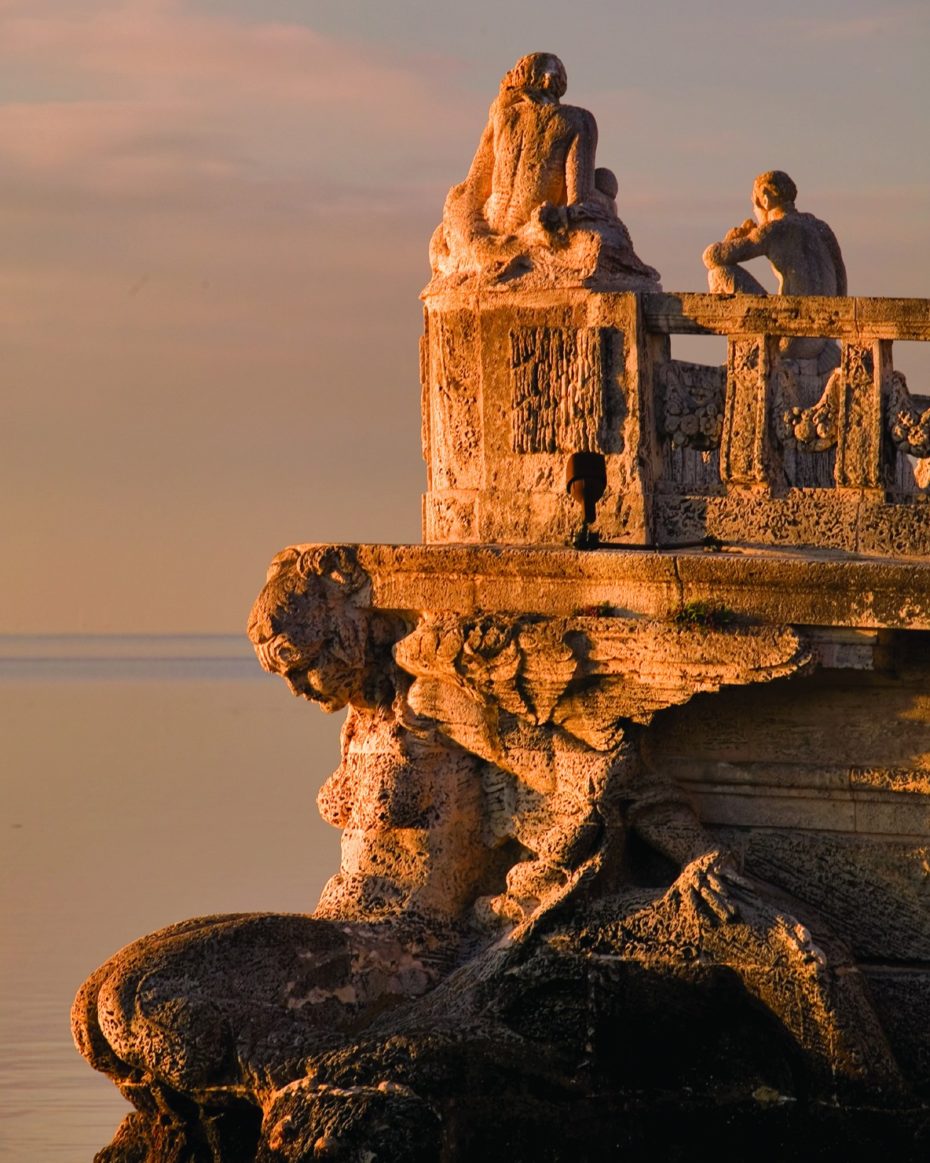
If you’re Florida-based or plan to be, the museum also has an internship program within the collections and curatorial division that would likely provide some fascinating access into Vizcaya’s archives – and not to mention a few secret doors hidden within the house.
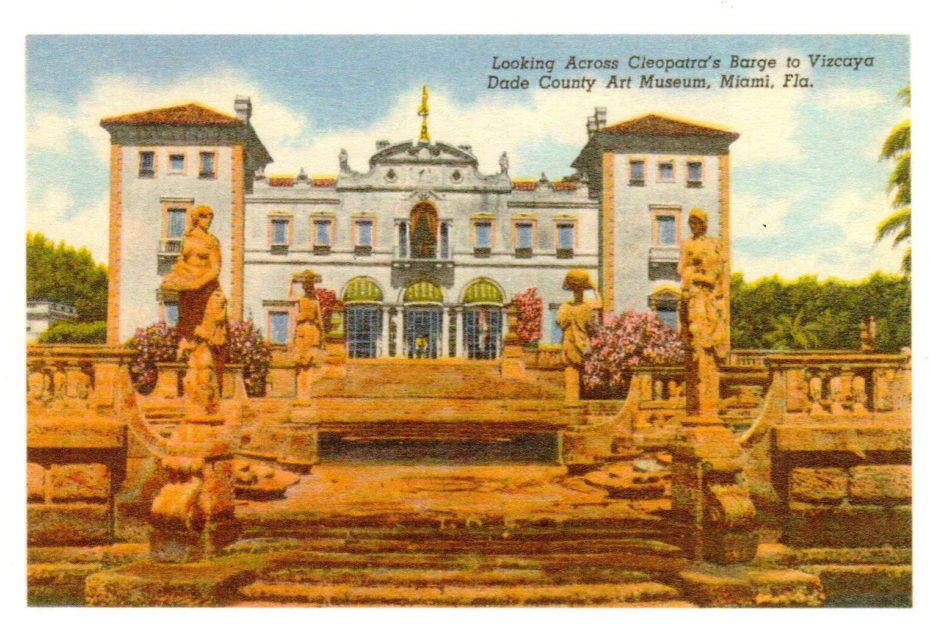
Plan your visit to Viscaya Museum and Gardens here.


